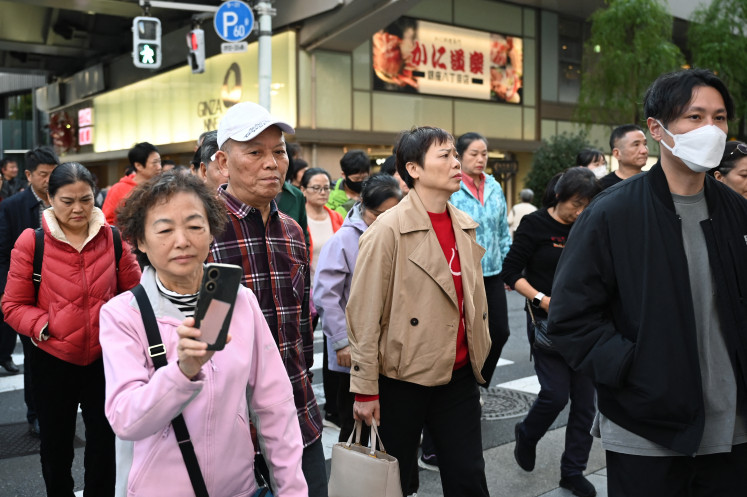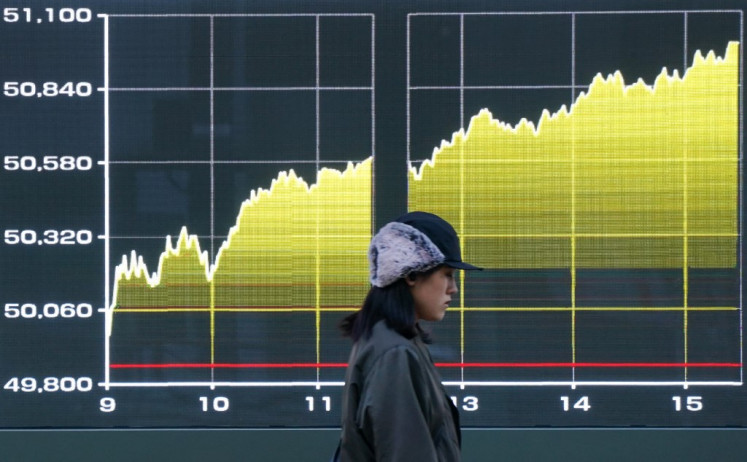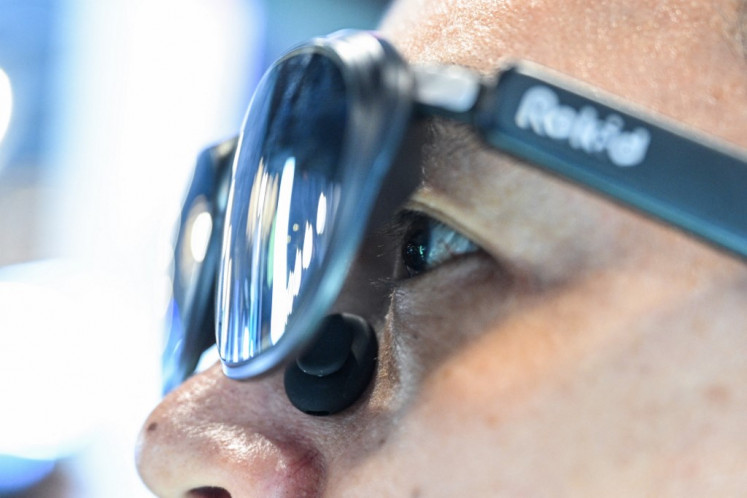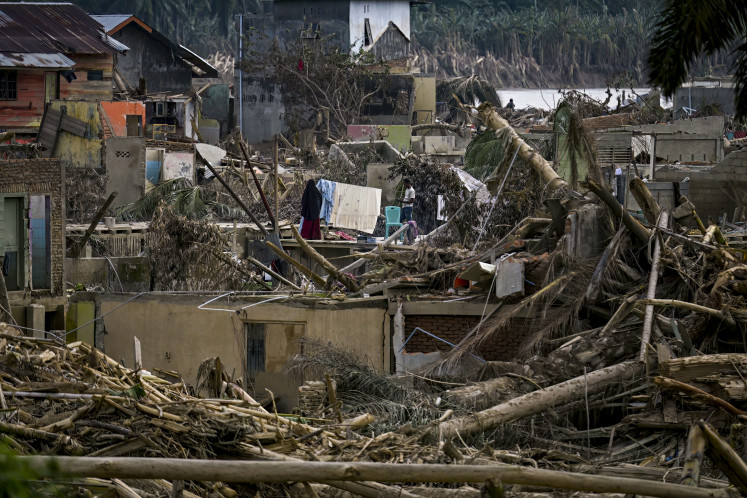Popular Reads
Top Results
Can't find what you're looking for?
View all search resultsPopular Reads
Top Results
Can't find what you're looking for?
View all search resultsMore men suffer, but more women die of CDV
Among the reasons for the high mortality rate (women, on average, have a longer life expectancy), is the lack of reporting by women when they do suffer a heart attack.
Change text size
Gift Premium Articles
to Anyone
F
or the past 20 months, the world’s attention has understandably been focused on the deadly COVID-19 pandemic. Authorities in 222 countries and territories have reported more than 230 million
COVID-19 cases and 4.7 million deaths since the first cases were reported to the World Health Organization (WHO) in December 2019.
Meanwhile, there is another disease in our midst that is quietly yet quickly taking lives. In fact, this disease has resulted in almost 18 million deaths a year, making it four times more deadly than COVID-19!
This silent killer is cardiovascular disease (CVD). It remains the world’s number one killer to date. According to WHO, an estimated 17.9 million people died from CVDs in 2019, which represents 32 percent of all global deaths. Of these fatalities, 85 percent were due to heart attack or stroke.
According to Statista, the projected number of patients suffering from heart diseases in Indonesia is expected to reach six million by 2024.
With World Heart Day being commemorated on Sept. 29, this is an opportune time to drive an awareness campaign, and call on the Indonesian people to better understand the dangers from cardiovascular disease, and its many causes, including smoking, diabetes, high blood pressure, obesity, and air pollution.
It is crucial to detect cardiovascular disease as early as possible so management, with counselling and medicines, can quickly be introduced. This will minimize, and ideally prevent, the onset of heart failure, cardiac arrest or heart attacks.
However, due to the pandemic, detection and management of CVD has been challenging because people – especially the vulnerable and at-risk -- have been advised to shelter in their homes. As a result, many are either reluctant or afraid to go to hospitals and clinics and are missing potentially life-saving medical appointments. In addition to the in-person hospital accessibility, being confined indoors removes the health benefits that come from physical activities such as exercises.
What can be done? Digital technology provides an effective solution to help fight cardiovascular diseases.
The pandemic has accelerated the use of Internet access in Indonesia on numerous fronts, particularly in healthcare. We are seeing digital technology being used as a tool to facilitate access to disease prevention and treatment for patients. Technology and data is helping us bridge the gap and the progress has been significant.
The goal of digital health is to enable and empower people, everywhere, to use digital tools for better prevention, diagnosis and care of heart-related conditions. This applies to every one of us, young, old, men, women, children, patients, community health workers, and doctors. Digital networks have the power to connect patients with anyone they need help from, be it from the comfort of families and friends to doctors and specialists, real-time, seven days a week, 24 hours a day.
In addition, when it comes to heart attacks, knowing the difference between male and female heart attack symptoms could save a life. Four surprising facts you didn't know about heart attacks and the difference between male and female symptoms:
First, men tend to suffer more heart attacks on average, at a younger age, than women (65 years old for men, 72 years for women). However more women die of heart attacks than men. Among the reasons for the high mortality rate (women, on average, have a longer life expectancy), is the lack of reporting by women when they do suffer a heart attack. Some are unaware they have experienced one.
Limited awareness leads to less appropriate treatments, which, in turn, dramatically lowers the survival rate. Should that cycle be reversed, it would save countless lives.
Second, women experiencing heart attacks tend to have more “Neoclassical" symptoms than men. Women report different symptoms and rarely relate them to heart attacks in real time, often mistaking it for “the flu” or “a stomach bug”.
Third, women are 12 times more likely to experience throat discomfort during heart attacks, 3.7 times more likely to experience indigestion and 3.9 times more likely to vomit. Women are more likely to experience shortness of breath, without chest discomfort, as if they have run a marathon but in truth have not exerted any excessive energy. This is accompanied by pain or discomfort in the arms, back, and jaw.
Fourth, men are 4.7 times more likely to experience rightsided chest discomfort and 3.9 times more likely to report a general dull ache. On average, it takes men three hours to call for medical assistance when having a heart attack. Women take four hours.
Early detection and treatment is key to survival when experiencing a heart attack. It's never too early to ask for help.
***
The writer is president and CEO of Medix Group.










